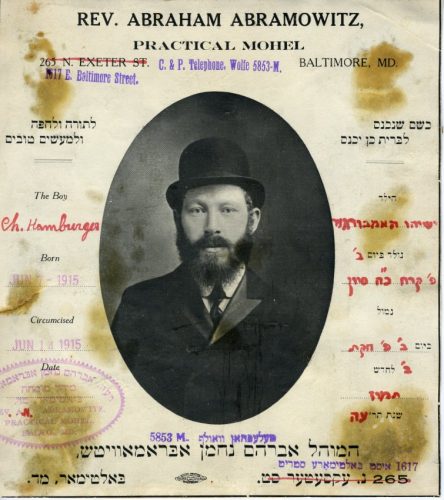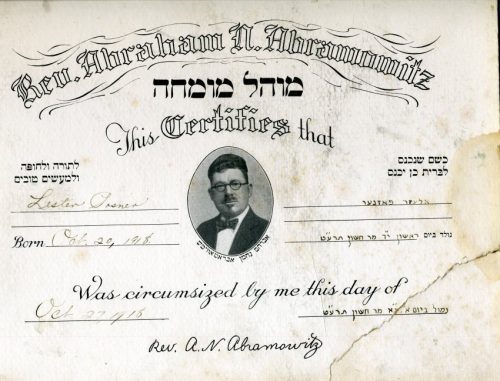You Should Update Your Headshot – 1910s Edition

A blog post by Director of Collections and Exhibits Joanna Church. To read more posts by Joanna click HERE.
A large part of my research for “Fashion Statement,” from both primary and secondary sources, focuses on the issue of successful recognition of appropriate clothing: What is the ‘correct’ thing to wear for one’s gender, age, class, status, religion, and occupation? (Granted, how the ‘correct’ thing is decided, and by whom, is an important question… but we’ll set that aside for now.) Wearing the right outfit at the right time helps to ensure we are treated with respect by those around us.
This is particularly true in the professional setting. “Imagine how unlikely you would be to engage the services of a professional who did not seem to embody the norms of his or her profession – for example a doctor who wore a chef’s hat and apron to the operating room?” writes Carrie Yang Costello, Assistant Professor of Sociology at University of Wisconsin-Milwaukee[1]. Presenting yourself appropriately can have an enormous, even if sometimes unconscious, impact on those with the power to hire and fire you.
Take, for example, a mohel: charged with the performance of a key ritual, one with both spiritual and physical implications for the baby under his care. A mohel who shows up for the ceremony in inappropriate clothing might well be turned away as a bad deal, no matter the reputation, expertise, and equipment he brings with him.
Here are two bris certificates, from 1915 and 1918. Each features a photograph of the mohel – and though they look quite different, it is the same man.


Abraham N. Abramowitz, “Practical Mohel,” was born in Mogilev (now in Belarus) in 1882; he came to the US in the early 1900s, settled in Baltimore by 1905, and became a US citizen in 1913. According to family history, “he performed his first bris [in] 1906, on his son S. Morris Abramowitz, and his 7451st bris on his grandson, Irvin J. Abramowitz on November 1, 1925.”
The 1915 certificate shows a traditional-looking bearded fellow in a bowler hat and a good suit; not much distinguishes him – at least professionally – from any of the other bearded, bowler-hatted gentlemen of the early 20th century whose photos can be found in our collection. The 1918 photo, just a few years later, tells a different story: the beard has been trimmed down to a mustache and goatee, he sports a natty bow tie along with his formal suit, and his tall kippah is a sign of his training and skill as well as his faith.
The change in Rev. Abramowitz’s appearance sometime around 1916, demonstrating his acculturation, was not only a personal matter – it was also a professional one. Like many men in this line of work, he included his likeness in advertisements and on his official bris certificates; thus, his Americanized, modernized look had implications for his career. Both the early and late images were intended to convey competence and trustworthiness (not unlike any professional headshot today) as well as his religious training, encouraging people to choose his services. While we don’t know how his clientele reacted to the updated photo, since Abramowitz performed 7,968 circumcisions over the course of his life (he died in 1926), it would appear that the change was a success.
[1] “Changing Clothes: Gender Inequality and Professional Socialization,” NWSA Journal, Vol. 16 No. 2 (Summer 2004)
